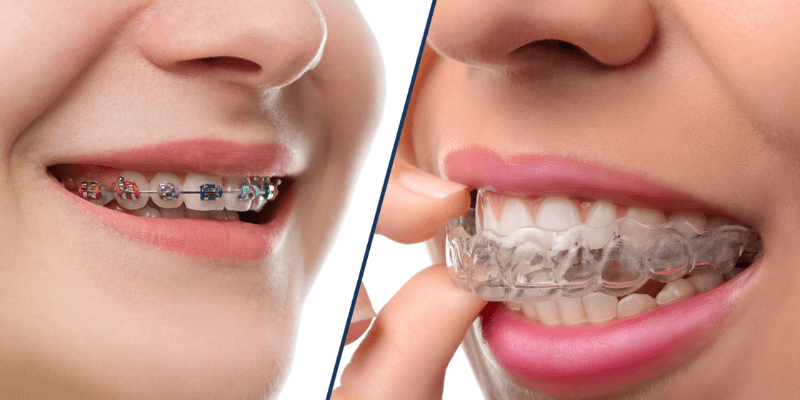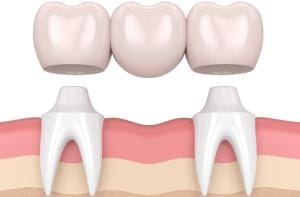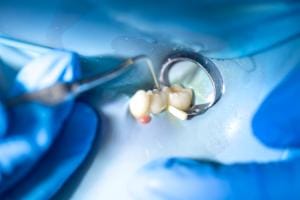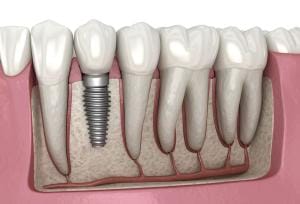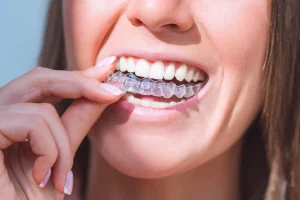When it comes to straightening teeth, patients today have more options than ever before. Two of the most popular choices are clear aligner braces (like Invisalign and similar systems) and traditional braces (metal or ceramic). Both can deliver excellent results—but which one is best depends on your dental situation, lifestyle, priorities, and commitment. Here’s a clear comparison to help you decide.
What Are They?
Traditional Braces
These are the “classic” braces: brackets bonded to your teeth with wires and elastics that apply constant pressure to move teeth over time. They may be metal, ceramic (clear), self-ligating, or lingual (placed behind teeth) variants.
Clear Aligners
Clear aligners use a series of custom-fitted, transparent trays that gradually shift your teeth into place. You replace them every 1–2 weeks. They are removable (for eating, brushing, etc.), virtually invisible, and designed with digital planning.
Key Differences & Trade-offs
Visibility & Aesthetics
-
Clear aligners are nearly invisible when worn, making them appealing for adults and image-conscious teens.
-
Traditional braces, especially metal ones, are noticeably visible. Ceramic or clear versions reduce visibility, but still have brackets and wires.
-
A downside of clear or ceramic brackets is they may stain or discolor over time (especially ceramic on clear braces) if maintenance is lax.
Comfort & Irritation
-
Clear aligners cause less soft-tissue irritation since there are no brackets or wires rubbing against cheeks or lips.
-
However, switching to a new aligner set may cause soreness initially.
-
Traditional braces can scratch, rub, or create ulcers in the mouth, especially right after adjustments.
Removability & Eating
-
Clear aligners can be removed for eating, brushing, and flossing—so there are virtually no dietary restrictions (beyond needing to remove trays).
-
Traditional braces are fixed. You’ll need to avoid hard, sticky, or crunchy foods that might damage brackets or wires.
Oral Hygiene
-
Because aligners are removable, you maintain normal brushing/flossing, which often means better gum health and fewer cavities during treatment. Some studies show lower plaque and gingival inflammation with aligners.
-
With braces, food tends to get trapped around brackets and wires. You must be meticulous with brushing, flossing, and tools like interdental brushes.
Treatment Scope & Effectiveness
-
Traditional braces remain strong and reliable for more complex orthodontic cases: severe rotations, large movements, major bite corrections, vertical movements, or working with teeth that need to be pulled or extruded.
-
Clear aligners are highly effective for mild to moderate crowding, spacing, and bite issues. Some advanced aligner systems can handle more complex cases, but there can be limitations.
-
Because of this, some patients needing major corrections are still best treated with braces.
Treatment Duration & Visits
-
Both systems often require similar durations—typically 12–24 months, depending on complexity.
-
Aligners often need fewer in-office adjustments; many checks can be virtual or spaced out.
-
Braces require more frequent tightening visits (every 4–8 weeks).
Cost & Maintenance
-
The cost between clear aligners and braces is often comparable, but clear aligners may be slightly more expensive in some markets.
-
Also, aligners need to be replaced or repaired if lost or damaged. Because they’re removable, there is a risk of misplacing them.
-
With braces, repair is usually limited to broken wires or brackets, but the system is fixed so loss isn’t an issue.
What to Consider When Choosing
-
Complexity of Your Case
If you have severe bite issues, large movements, or rotations, traditional braces may be safer and more reliable. -
Your Lifestyle & Discipline
Aligners demand responsibility—wearing them 20–22 hours per day consistently is critical for success. If compliance is a concern, fixed braces eliminate that variable. -
Aesthetic Priorities
If appearance matters (for work, social reasons, self-esteem), clear aligners often win hands-down in discretion. -
Oral Hygiene Habits
If you maintain good hygiene and want fewer hygiene challenges, aligners make things easier. But if you struggle with consistency, braces are more forgiving in that regard. -
Budget & Insurance
Evaluate your costs and what your dental plan covers. Some plans may favor traditional braces. Also consider potential repair or replacement costs. -
Time Constraints & Visits
If your schedule is tight, fewer visits with aligners may appeal. But if you live near your orthodontist, regular checkups might not be a burden.
Final Thoughts: Which Is Better For You?
There is no one-size-fits-all answer. Clear aligners offer outstanding aesthetic appeal, comfort, and hygiene advantages—but their success hinges on consistent wear and are better suited for moderate orthodontic concerns. Traditional braces remain the workhorse for complex cases, offering predictable control over a wide range of tooth movements.
The best choice is one tailored to your teeth, goals, and lifestyle—and guided by the expertise of your dentist or orthodontist at Olive Branch Dentists. During a consultation, your provider can assess your dental structure, explain what’s realistically achievable, and recommend the treatment that balances effectiveness, comfort, and aesthetics for your smile journey.

